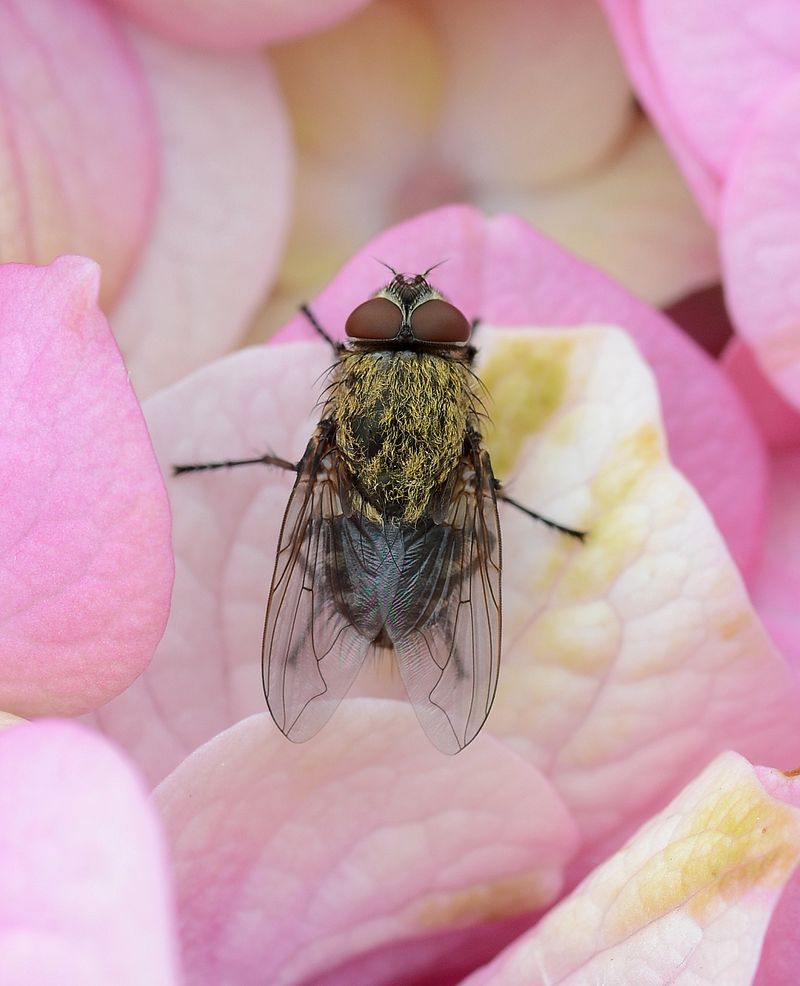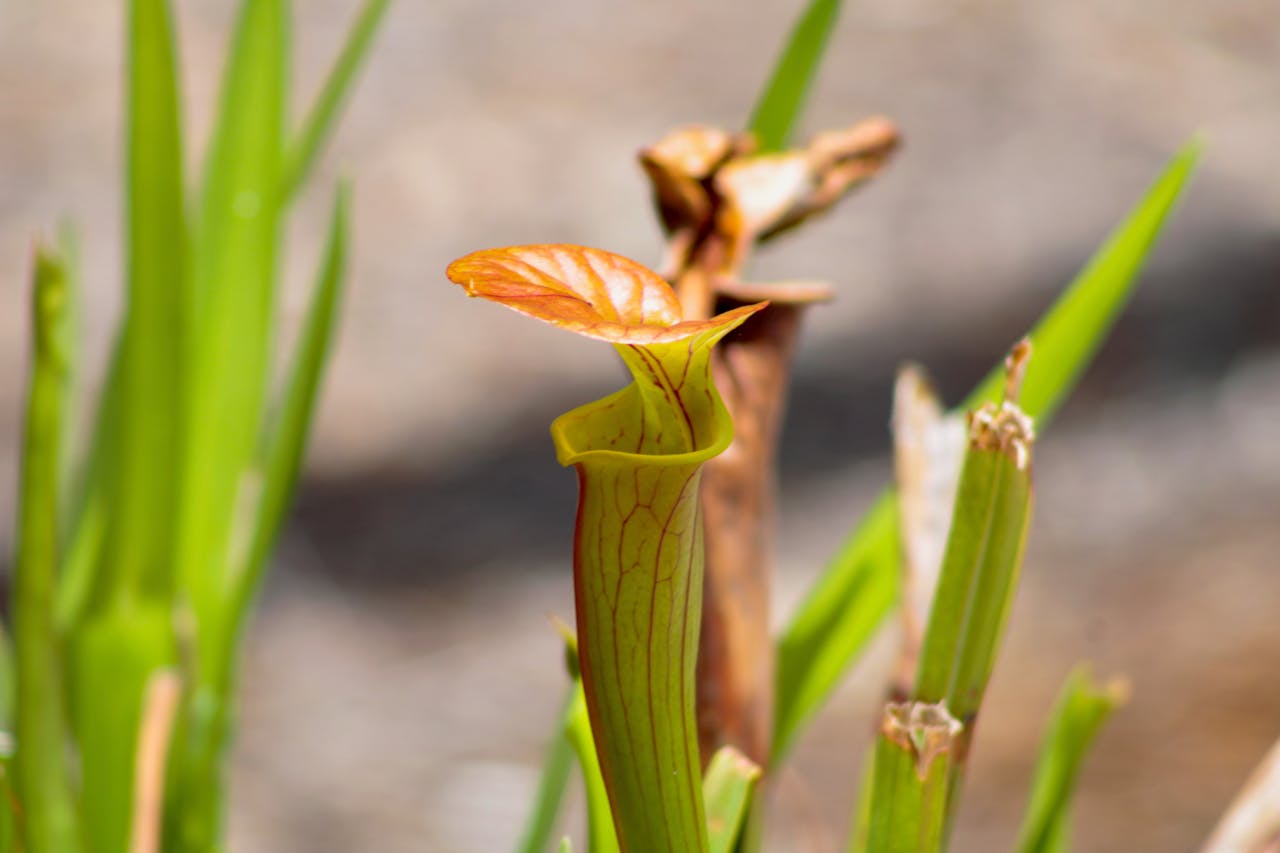
Window Treatment & Styles
How to Get Rid of Cluster Flies: Effective Methods for a Fly-Free Home
Have you ever spotted sluggish flies buzzing around your windows in the dead of winter? That's too bad - you're likely dealing with cluster flies. We've got good news though: cluster flies don't breed indoors, they don't go after your food, and they don't spread diseases. Basically, they're simply buzzing around while waiting for spring to come.
Despite that, they can gather in large numbers and become an overwhelming nuisance if left unchecked. Therefore, in the following sections, we'll explain what these insects are, how to get rid of cluster flies, and how to keep them out for good!
Key Takeaways
- Cluster flies invade in late summer and fall, looking for warm places to hibernate, most often inside attics, wall voids, or around windows in sunny areas of your home.
- They don’t pose a health risk, but their presence can be annoying, unsightly, and persistent year after year if prevention steps aren’t taken.
- DIY methods like vacuuming or using traps can help control minor infestations, but professional pest control may be necessary if they’re hiding in walls or ceiling voids.
- Prevention is the key: sealing cracks, upgrading bug screens, and installing high-quality windows and doors can block their entry before it starts.
What Are Cluster Flies?

Cluster flies are sometimes called attic flies and form the Pollenia genus. The most common species found in Canada is called Pollenia rudis. The members of this species are slightly larger than common house flies, measuring up to 12.7 mm long. They are dark grey with checkered black/silvery-black abdomens, their wings overlap when at rest, and there are many golden hairs on their upper bodies.
Cluster flies usually enter homes in the late summer or early autumn, when they start looking for overwintering sites. They are known to be attracted to buildings exposed to more sunlight, especially their west sides. These pests get inside living spaces through cracks in the walls or window/door frames, unscreened vents, or damaged screens. Once they find the perfect spot (usually in attics or wall voids), they gather together to hibernate for the winter.
Cluster flies may become more active on warmer winter days. That's when homeowners start noticing them flying towards windows and doors, attempting to move towards sunlight. When temperatures drop, they may return to their hibernating sites. Then, they become fully active in the spring.
Signs You Have a Cluster Fly Infestation
Cluster flies are often mistaken for house flies, but there are some telltale signs that can indicate their presence:
- Slow-moving flies indoors. Cluster flies are sluggish and often fly in a lazy, erratic pattern, especially around windows or light sources.
- Gathering in groups. They tend to cluster (hence the name) in warm, sunny spots, particularly around window and door frames, attic spaces, and south-facing walls.
- Sudden appearance on warm winter days. Seeing multiple flies indoors on a warmer winter day is a key indicator.
- Buzzing noises. A faint buzzing near walls, ceiling lights, or vents can signal hidden activity.
- Dead flies in attics or window sills. Over time, you'll likely find dead cluster flies accumulating in hidden corners, secluded areas, or near windows.
Should You Be Concerned?
Given their breeding and feeding habits, cluster flies are not harmful in the same way as other pests are (they don’t bite, spread disease, or reproduce indoors). Unlike house flies, cluster flies do not lay eggs on decaying matter. Adults are primarily interested in flower nectar and don't eat human food, garbage, or anything else around the house.
However, their presence can still be a nuisance:
- They can stain surfaces with their oily bodies when crushed.
- Their sheer numbers can be overwhelming in attics or upper rooms.
- They may reappear every year if not dealt with properly, as they return to the same overwintering sites.
- In rare cases, decaying flies can attract larder beetles and other pests.
In short, no, they’re not dangerous. But yes, they’re worth taking seriously. If ignored, they can gather in extremely large numbers and be incredibly difficult to get rid of.
Immediate Actions to Eliminate Cluster Flies

If you’re already seeing cluster flies indoors, there are a few quick-response options to reduce their numbers until you can get professional help:
- Use a fly swatter or vacuum cleaner. However, be cautious: crushed flies can leave stains on walls or fabrics. So, it would be better if you used a handheld vacuum with a disposable bag.
- Set up flypaper or UV light traps. These traps attract and catch active flies. Place them near windows or light sources where the flies gather.
- Grow carnivorous plants. Unlike other plants, carnivorous species literally feed on insects. Carnivorous plants include the Venus Flytrap, the Pitcher Plant, the Sundew, the Trumpet Pitcher, and the Butterworth.
- Use natural repellents. Essential oils like eucalyptus, peppermint, and citronella may have some effect when used in sprays or diffusers, but they’re more of a deterrent than a solution.
- Seal off infested rooms. If the flies are concentrated in one area (like an attic), sealing them off can contain them temporarily while you deal with the infestation.
- Use an ultraviolet fly killer unit. These can be effective at killing cluster flies, but it's important to use them as directed. You should also clean and maintain them regularly.
Can You Really Get Rid of Cluster Flies?
Yes, you can get rid of cluster flies, but it's difficult once they’re inside without professional extermination services. Using insecticides by yourself is generally not recommended if you're dealing with a cluster fly infestation.
Cluster flies don’t reproduce indoors, but they overwinter in the same hiding spots year after year. Once they’ve gotten into your walls, attic, or crawlspaces, they’re hard to eliminate completely because:
- They often hide in wall voids, under insulation, in unreachable attic corners, and even inside ceiling light fixtures.
- Standard pest control sprays don’t penetrate deep enough to kill them at the source.
- Killing active flies doesn’t stop new ones from appearing during warm spells.
They will eventually leave your house in the spring, but some may die during the winter months, and their decaying bodies may attract other pests.
Prevention Is the Best Method
The most effective method to stop cluster fly infestations is to prevent them from getting into your home in the first place. As such, here are some preventative measures you can take:
- Seal all exterior cracks and gaps. Use caulk or weatherstripping around window frames, doors, air vents, siding gaps, utility pipes, and electrical outlets.
- Install fine-mesh bug screens on windows, attic vents, and soffits.
- Use door sweeps and window seals to reduce access points.
- Inspect your home in late summer or early fall. This is when cluster flies start seeking warmth.
You can also try to control the earthworm population around your house but only in the case of severe infestations. The cluster fly is a parasite of earthworms, and these insects are found wherever earthworms are found. Given that cluster flies are known to originate more than a mile away from infestation sites, and that earthworms are very important for the soil, it's generally recommended to avoid this method.
Install High-Quality Windows, Doors, and Bug Screens
As mentioned earlier, sealing all entry points is the best way to prevent cluster fly infestations. Unscreened windows and doors, as well as broken bug screens, are their most common entry points. Because of this, it’s crucial to inspect and repair or upgrade these areas as soon as possible, especially if:
- Your windows or doors are warped, cracked, or damaged.
- There are gaps around frames that cannot be completely sealed with caulk or weatherstripping.
- Your windows and doors do not close properly, leaving even a small space for cluster flies and other insects to enter.
- Your bug screens are torn, stretched, or leave noticeable gaps at the edges.
Why Choose Magic Products?
Magic windows and glass doors go beyond traditional options. They're designed with precision engineering and tight-sealing mechanisms that block out even the smallest insects, including cluster flies, while also offering enhanced insulation and security.
Key advantages of Magic products include:
- Tight seals and innovative locking systems that prevent air leaks and bug entry.
- Retractable bug screens that ensure a snug, gap-free fit; no more flapping corners or loose mesh.
- Durable materials that withstand seasonal changes without warping or shifting, which is crucial for long-term protection against temperature fluctuations and pest infestations.
- Sleek design that integrates seamlessly into your home while maintaining visibility and airflow.
- Many models offer UV protection and energy-efficient glass that keep your home cooler and reduce sun damage.
If you want to learn more about our windows, glass doors, and innovative bug screens, give us a call anytime!

Professional Pest Control Options
Professional pest control services are ideal for addressing severe infestations that may overwhelm homeowners. They offer tailored treatment strategies and provide ongoing protection by effectively identifying and sealing potential entry points.
Companies often create tailored treatment strategies that address specific fly species and infestation levels. Professional services understand that one-size-fits-all solutions are inadequate for pest infestations. They take into consideration factors like infestation type, location, and specific challenges when customizing treatment plans.
Hiring pest control professionals offers several other benefits:
- Quicker infestation resolution, saving time and money.
- Service guarantees, providing additional peace of mind for homeowners.
- Safe application of pesticides by trained technicians, reducing health risks.
Cleaning Up After a Cluster Fly Infestation
Did you manage to get rid of your cluster flies? Great work! It's time to clean your house thoroughly. As mentioned earlier, dead flies can leave behind unpleasant odours and stains and attract other pests, so it's best to remove them all. As such, after getting rid of them:
- Vacuum thoroughly, especially in attics, false ceilings, and around window sills.
- Disinfect surfaces where flies gathered.
- Inspect and clean ceiling lights or wall-mounted fixtures where flies may gather.
- Dispose of vacuum bags immediately after cleaning to prevent secondary pest issues.
Additionally, watch for signs of other pests, which may indicate that there are still some decaying cluster flies inside your house. This may warrant professional help.
The Life Cycle of Cluster Flies
To better prevent or control cluster flies, it helps to understand their life cycle:
- Egg stage: adult cluster flies lay their eggs in soil near earthworm burrows in late spring or early summer.
- Larval stage: once hatched, larvae (maggots) enter the bodies of earthworms and feed on them for several days. This parasitic relationship is unique to cluster flies.
- Pupal stage: after leaving the earthworm, larvae pupate in the soil and emerge as adults about 2–3 weeks later.
- Adult stage: adults feed on nectar outdoors. When temperatures drop in late summer/early fall, adults from the last generation seek out warm overwintering spots—like your home.
Annual Maintenance Checklist to Prevent Cluster Flies
Late summer to early Fall:
- Inspect and seal cracks around doors, windows, and vents in late August.
- Replace or repair any damaged bug screens.
- Apply exterior perimeter insecticides if needed (or hire a pro).
- Clean up outdoor organic debris that might attract pests.
Winter:
- Check attics or unused rooms for fly activity on sunny days.
- Use UV traps or vacuum up any active flies.
Spring:
- Clean out attics and window sills.
- Remove dead flies and inspect for signs of other pests.
Ready to Keep Your Home Bug-Free?
At Magic, we understand that keeping pests like cluster flies out of your home is of utmost importance for comfort and safety! Because of this, our windows, doors, and retractable bug screens are built to withstand seasonal changes without warping or cracking and keep even the smallest insects out.
If you’re tired of seeing flies every fall or winter, book a free consultation with us to learn how Magic products can help you create a cleaner, healthier, bug-free space!
Frequently Asked Questions
How do I permanently get rid of cluster flies?
The only way to permanently get rid of cluster flies is to deal with the current infestation (either using traps or seeking professional help) and then seal even the tiniest cracks and gaps that can let cluster flies in.
Why do I suddenly have cluster flies?
If you've spotted cluster flies in your house, especially in the fall or winter, they have likely been hiding somewhere in your house for a long time. They can get inside the house through cracks and gaps.
What smells repel cluster flies?
Some homeowners reported that peppermint, cedar wood, lavender, and eucalyptus smell repel cluster flies. However, these won't kill them or help you completely get rid of them.
How can I identify cluster flies?
To identify cluster flies, look for their larger size compared to common flies, dark grey color with golden hairs, and overlapping wings when they are at rest.
What are common signs of a cluster fly infestation?
Common signs of a cluster fly infestation are dead flies found near windows and light fixtures, as well as noticeable swarms during early spring and late fall.
How can I prevent future infestations of cluster flies?
To prevent future infestations of cluster flies, it is essential to seal cracks and gaps and install insect screens. Taking these measures will significantly reduce the likelihood of their return.
When should I consider professional pest control services?
You should consider professional pest control services when facing severe infestations that are overwhelming or challenging to handle independently.